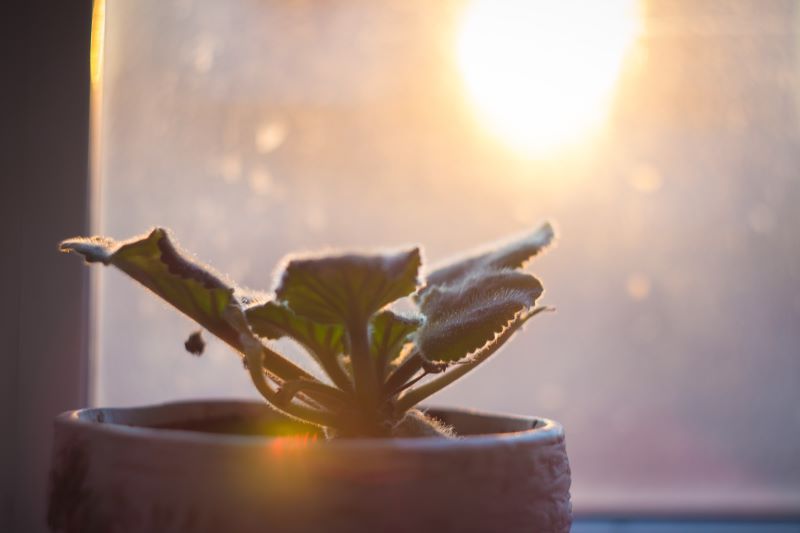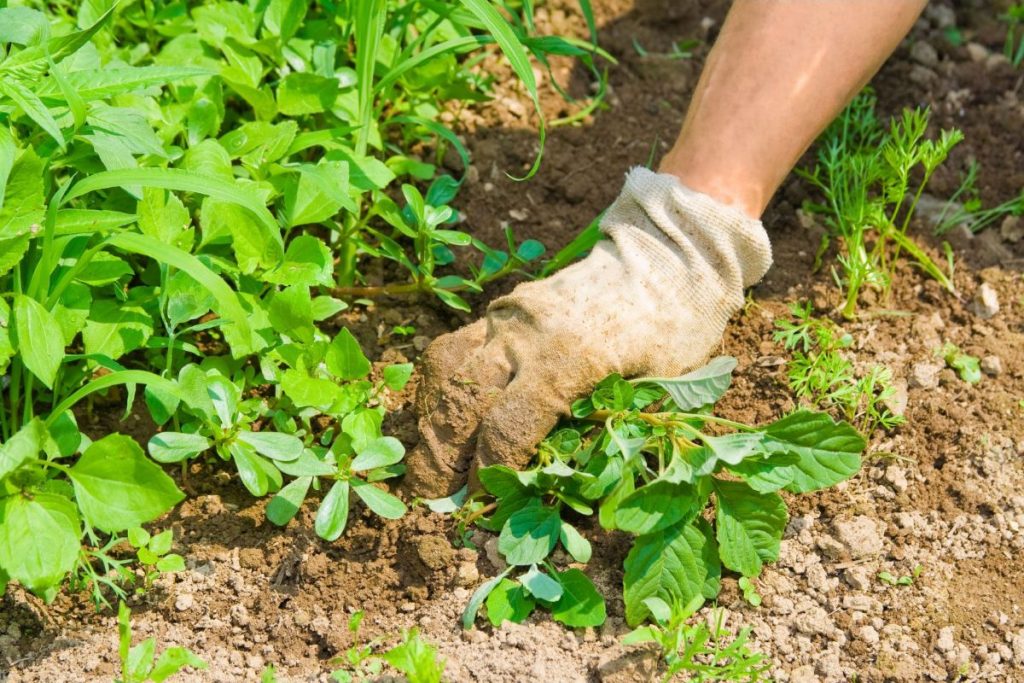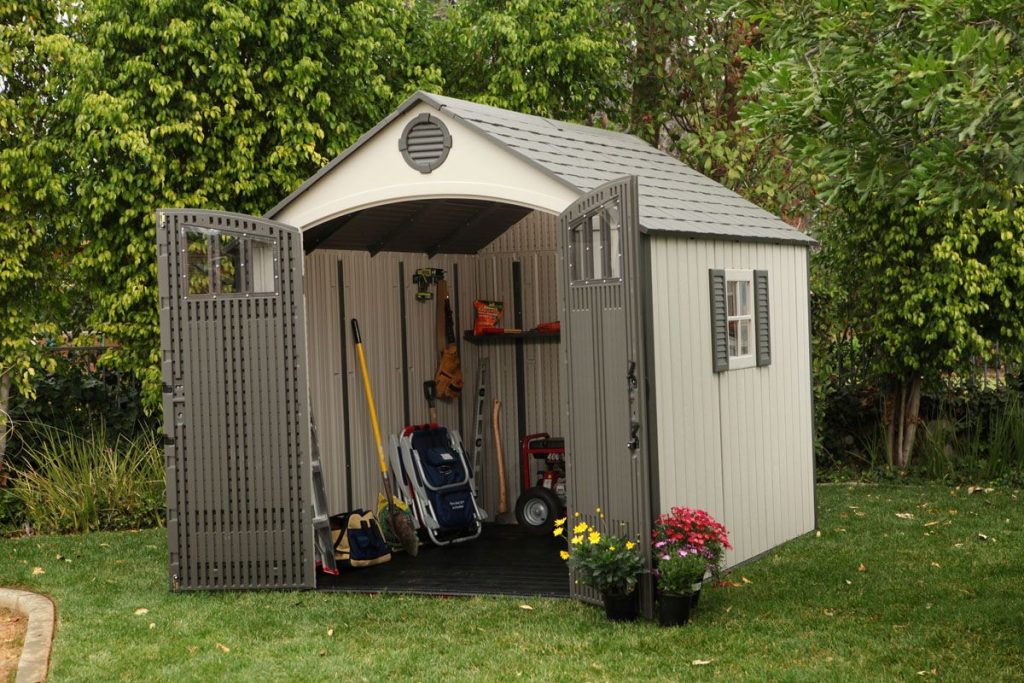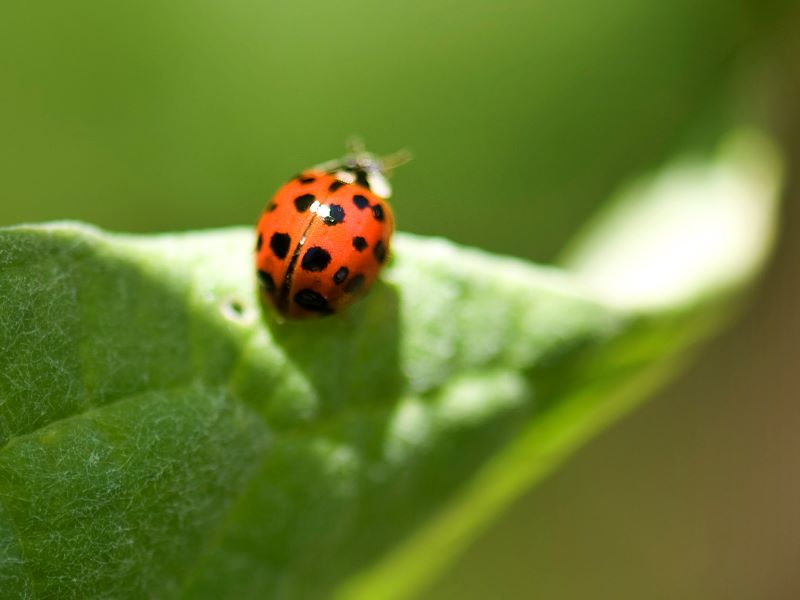Table of Contents
The highs today are record-breaking, or so the weatherman says. You plan your day around staying inside or plan to head out to the pool to avoid some of the heat misery.
But what did you forget to do? Shade your poor little plants! Yes – plants can get sunburned, and it can really hurt their appeal and your harvest.
Plant sunburn sounds funny, but it’s no laughing matter. It can even happen in greenhouses – and especially if you transfer something from a greenhouse outside.
But you can’t put sunscreen on them – so what can you do? Learn the plant heat stress symptoms and get your guide to keeping your plants unfazed by the sun below.
When Do Plant Heat Stress Symptoms Happen?
Anytime you’d take extra precautions against the heat, basically. The big number is 35 Celsius, which translates to 95 F.
And that doesn’t have to be the actual temperature it is outside. If you have plants near reflective surfaces or anything that absorbs heat (like concrete), then that heat is relevant as well.
Reflected heat is one of the biggest causes of plant sunburn, yet it’s someone people rarely think about. You can cover up heat reflecting surfaces or even put an umbrella over your plant in these instances.
What are the Plant Heat Stress Symptoms?
People say that plants don’t talk – but they’re incorrect. Yes, they don’t make physical noises, but they absolutely can communicate. You just have to know how to read their language.
And their language for “I’m too hot” looks like this: plant leaves turning white.
That’s not the only symptom, but it’s the main one. If it’s been hot and low humidity and you start seeing what looks like color fading, take note.
It’s Time to Give That Plant Some Extra Love and Care.
Young plants are especially vulnerable to heat damage, but your older plants aren’t immune.
If the leaves aren’t turning white but they look dried out and droopy, check the soil. How is it? If it’s dried out, water it!
You can even put an outside thermometer at the base or around the soil of the plant to test the conditions.
Preventing Sunscald
You can’t always prevent the sunscald of your plants – you don’t make the weather! But you can prepare them to succeed the best you can.
Part of that means planting them in the appropriate place and using the right materials in your garden. If you’re building raised beds or have decor/walkways around your garden, make sure they’re the kind that absorbs light – not reflect it.
White and other bright colors reflect light, while darker colors absorb it. The more natural the material, the better it’ll do in your sun-soaked garden, and with these helpful tips.
Adjust Your Planting Seasons
Another part of this is planting early. Check your local planting seasons if you know you live in a place with really high temperatures. They’re likely earlier than you’re thinking, because of the advanced climate.
For example, strawberries peak in March in tropical climates (like Florida), while they don’t fruit until June in the middle of the US.
Use Umbrellas
We know this sounds silly, but if it’s really going to be a scorcher and you have plants that are already a little delicate, get a beach umbrella.
Those large umbrellas should only stay over your plants in the hottest part of the day, which is usually around noon to four pm.
You don’t want to starve the plant of sunlight – just shade it from the most intense rays.
Water More
If it’s hot, your plants will need more water than usual. And if it’s hotter than usual, that doesn’t change. If you don’t have the time or the resources to shade your plants, give them a few extra drinks of water throughout the day.
You can’t always prevent sun scalding. Sometimes all you can do is give the plants resources and let them get stronger from experience.
Put Down the Scissors
You’re probably looking at those white or tan damaged leaves and getting out your pruning shears. Don’t – that’s just going to hurt the plant more.
Think of your plant’s scorched leaves as a learning lesson for the plant. It needs to get stronger from the experience and grow thicker leaves – which it absolutely can and will do.
Leave those scorched leaves alone and do not cut them off or trim them; it’ll hurt the plant more in the long run if you do.
If the damaged leaves are unsavable, they’ll fall off on their own – so let the plant decide.
Use a Seaweed Tonic
Some people in very hot climates swear by using an organic seaweed tonic on their plants to prevent sun scalding. They think that it delivers nutrients that help the plants get stronger and grow thicker leaves.
We don’t have any studies to show that’s true – but we don’t see how it would hurt. Just make sure that the tonic is organic and doesn’t have any other ingredients in it.
Keeping Your Plants Cool and Happy
What’s the secret to gardening? Preparation. If you know what the weather is like ahead of time, you can set out some extra time in the morning to guard your plants against the sun.
Whether that means setting out shade fabric, beach umbrellas, or giving your plants some extra water.
If nothing else, knowing the plant heat stress symptoms will help you keep it from happening to other plants in the future.
Feeling the heat? Learn how to prepare your whole garden for summer, here.








